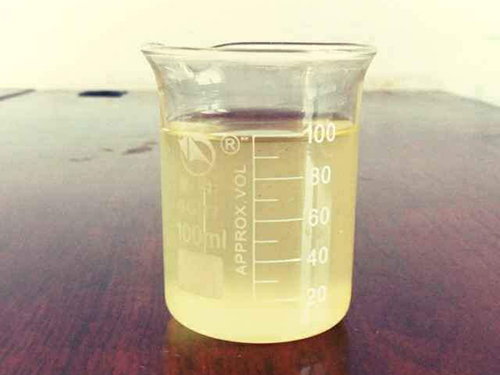use of poly aluminium chloride in water treatment
The use of polyaluminium chloride (PAC) in water treatment has gained considerable attention due to its effectiveness and efficiency in coagulation and flocculation processes. PAC is an inorganic polymer that serves as a coagulant, helping to remove suspended solids, organic matter, and other impurities from water. Its application is widespread in drinking water treatment, wastewater treatment, and industrial processes.
One of the primary advantages of PAC over traditional coagulants, such as aluminum sulfate, is its lower dosage requirement. PAC provides a higher charge density, enabling more effective particle destabilization and aggregation. This property allows for the formation of larger flocs, which are easier to remove through sedimentation and filtration. Consequently, using PAC can lead to reduced chemical costs and lower sludge volume, making it a more sustainable choice for water treatment facilities.
Additionally, PAC operates efficiently across a wide pH range, which is particularly beneficial in varying water quality conditions. Its versatility makes it suitable for treating both surface water and groundwater, ensuring that a consistent quality of treated water is achieved regardless of the source. Furthermore, the coagulation process initiated by PAC is generally faster, allowing for shorter retention times in treatment systems, which can enhance overall operational efficiency and capacity.
use of poly aluminium chloride in water treatment

The environmental impact of PAC is also a crucial factor for its adoption. Unlike some traditional coagulants, PAC produces less residual aluminum in the treated water, posing a lower risk of aluminum-related health concerns. This is especially important in drinking water applications, where regulatory standards for residual contaminants are stringent.
The effectiveness of PAC is influenced by various factors, including the characteristics of the raw water, the presence of other contaminants, and the specific operational conditions of the treatment plant. Water treatment professionals often conduct jar tests to determine the optimal dosage and conditions for using PAC in specific scenarios, ensuring the best possible results.
In conclusion, the use of polyaluminium chloride in water treatment systems presents numerous benefits, including improved coagulation performance, reduced chemical usage, and lower environmental impact. As water treatment challenges continue to evolve globally, PAC remains a vital player in achieving safe and clean water for both municipal and industrial users. Its adaptability and effectiveness underscore the importance of continuing research and innovation in water treatment technologies.
-
Pbtc Scale InhibitorPBTC: A Scale Protector for Industrial Water TreatmentNewsAug.05,2025
-
Organic Phosphonate: An Efficient Defender in the Field of Scale InhibitionNewsAug.05,2025
-
Hydrolyzed Polymaleic Anhydride: Green Pioneer in Scale Inhibition FieldNewsAug.05,2025
-
PAPEMP Polyamino Polyether Methylene Phosphonic Acid For SaleNewsAug.05,2025
-
Flocculant Water Treatment: A Pioneer in Purification in the Field of Water TreatmentNewsAug.05,2025
-
Benzyl Isothiazolinone: An Efficient and Broad-Spectrum Antibacterial Protective GuardNewsAug.05,2025





